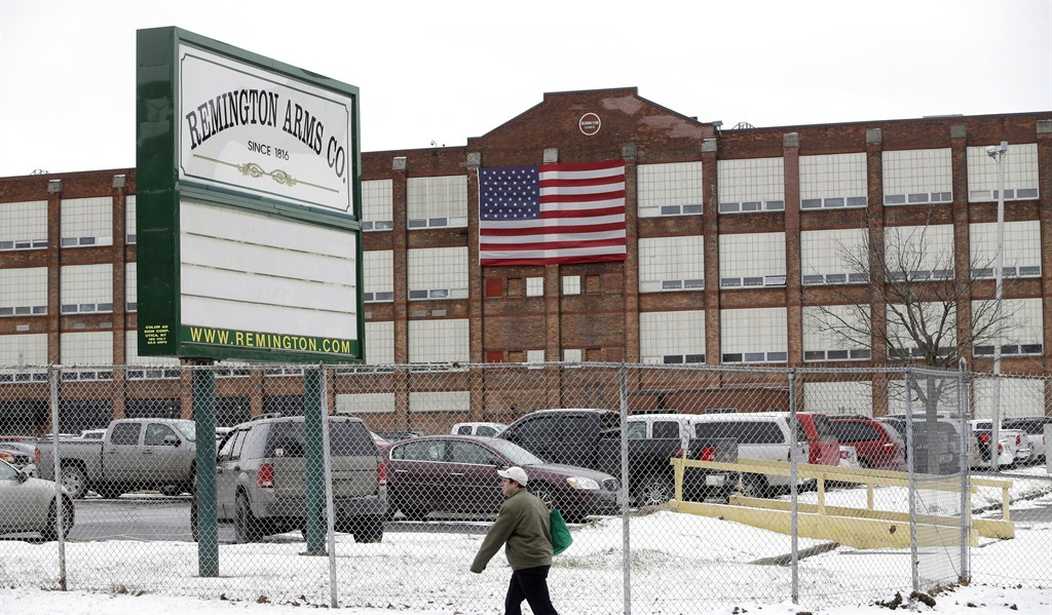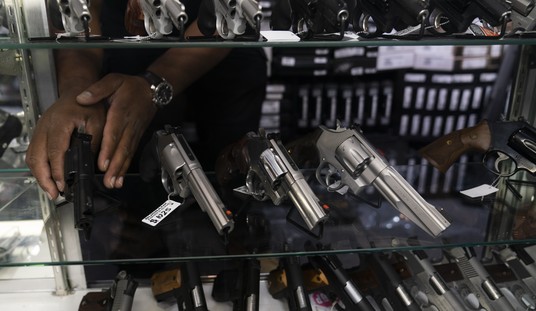The National Shooting Sports Foundation is the trade association for the firearms industry, and while it wasn’t a party to the lawsuit filed against Remington by several families who lost loved ones in the attack at Sandy Hook elementary in 2012, the organization and its members throughout the industry have been paying close attention to the lawsuit since it was first filed in 2013.
After today’s announcement that the lawsuit had been settled, the NSSF released the following statement, which contains some pretty important details that are likely to be glossed over by most media outlets. Here’s the statement in its entirety, with some comments to follow.
The decision to settle in the Soto v. Bushmaster case was not made by a member of the firearms industry. The settlement was reached between the plaintiffs and the various insurance carriers that held policies with Remington Outdoor Company (ROC), which effectively no longer exists.
As part of bankruptcy court proceedings, the assets of ROC were sold at auction in September of 2020. Remington Outdoor Company, which owned the Bushmaster brand, effectively ceased to exist as a going concern. The lawsuit, however, continued against the estate of the Remington Outdoor Company, essentially ROC’s insurers and their insurance policies in effect at the time.
The settlement also does not alter the fundamental facts of the case. The plaintiffs never produced any evidence that Bushmaster advertising had any bearing or influence over Nancy Lanza’s decision to legally purchase a Bushmaster rifle, nor on the decision of murderer Adam Lanza to steal that rifle, kill his mother in her sleep, and go on to commit the rest of his horrendous crimes. We renew our sincere sympathy for the victims of this unspeakable tragedy and all victims of violence committed through the misusing of any firearm. But the fact remains that modern sporting rifles are the most popular rifle in America with over 20 million sold to law abiding Americans and rifles, of any kind, are exceedingly rarely used in crime.
The Connecticut Supreme Court wrote in its Soto v. Bushmaster (4-3) opinion, “[T]he plaintiffs allege that the defendants’ wrongful advertising magnified the lethality of the Sandy Hook massacre by inspiring Lanza or causing him to select a more efficiently deadly weapon for his attack. Proving such a causal link at trial may prove to be a Herculean task.” NSSF believes the Court incorrectly allowed this one claim to go forward to discovery. We remain confident ROC would have prevailed if this case proceeded to trial.
Finally, this settlement orchestrated by insurance companies has no impact on the strength and efficacy of the Protection of Lawful Commerce in Arms Act (PLCAA), which remains the law of the land. PLCAA will continue to block baseless lawsuits that attempt to blame lawful industry companies for the criminal acts of third parties.
Vista Outdoors, which is the current owner of the Remington brand, wasn’t a party to the lawsuit or involved in the decision to settle. In fact, it sounds like the decision to settle was made solely by the insurers of the former Remington Outdoor Company, since the company itself is no longer around.
I also agree with NSSF that it would have been extraordinarily difficult for the plaintiff’s attorneys to prove at trial that the killer in the Sandy Hook murders chose to use a Bushmaster rifle because of the way the gun was advertised, especially since he wasn’t the purchaser of the gun. Remember, the murderer first killed his own mother and then stole her rifle to use in his murderous rampage in the elementary school in Newtown, Connecticut. I don’t believe the attorneys for the plaintiffs would have been able to show that Remington’s advertising either inspired the killer or pushed him towards using an AR-15 to slaughter school children, but for the insurance companies involved, it was probably better to settle the suit than run the risk of an even bigger verdict if a sympathetic jury ruled in favor of the families.
As for the strength and efficacy of the Protection of Lawful Commerce in Arms Act, I’d say that’s more of an open question. The lawsuit against Remington was allowed to proceed because the Connecticut Supreme Court narrowly ruled that the PLCAA’s language allowing lawsuits to be brought in cases where a gun maker or seller “knowingly violated a state or federal statute applicable to the sale or marketing of the product, and the violation was a proximate cause of the harm” applied to Connecticut’s Unfair Trade Practices Act (an act, by the way, that has reams of regulations for a number of specific industries from amusements to well drilling but does not specifically mention firearms).
I think that was the wrong decision, but the U.S. Supreme Court allowed that decision to stand, and in doing so opened the door for other courts to do the same. The Protection of Lawful Commerce in Arms Act will hopefully continue to block baseless lawsuits as the NSSF claims, but unless the current iteration of the Supreme Court makes clear that the PLCAA doesn’t allow for litigation based on the theory that “the advertising made him do it”, I worry that we’re going to see a lot of new lawsuits against gun makers based precisely on that argument.









Join the conversation as a VIP Member